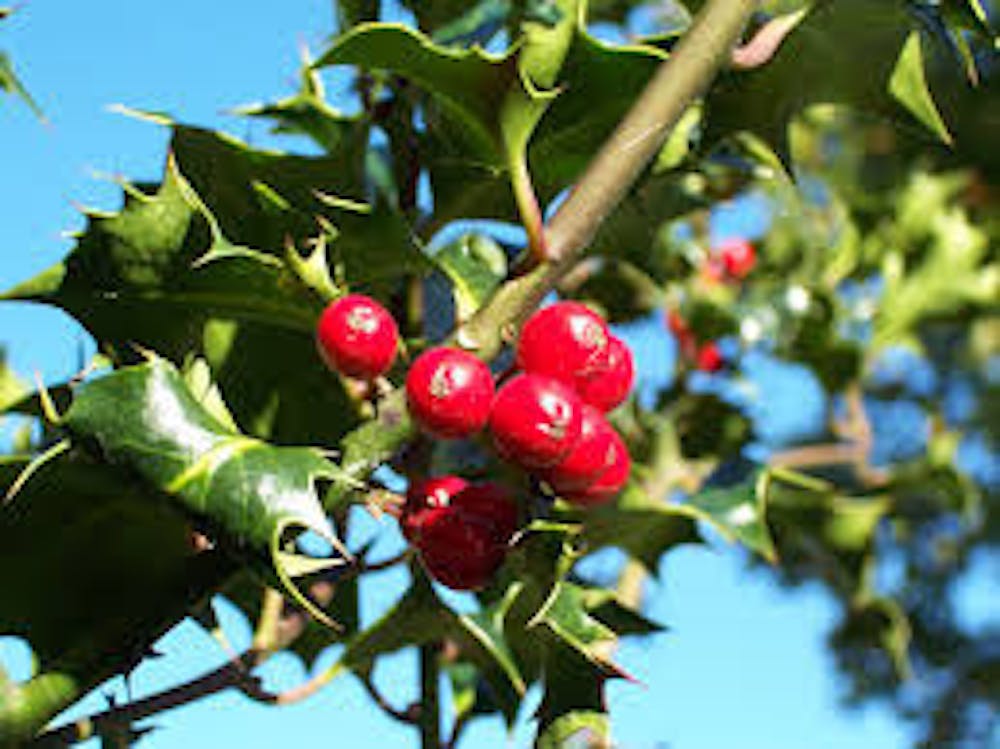It is close to Christmas, and stores are stocked with potted Poinsettias and wreaths of holly. Unfortunately, after the holiday season ends, most of these plants will whither and get tossed. The reason for their untimely deaths isn’t due to short lifespan, but rather, Poinsettias and hollies are sold outside of their natural environment. To enjoy their beauty year round, Poinsettias and hollies must be given the right conditions to thrive.
Poinsettias are native plants in Mexico, where they can grow 10-15 tall. The colorful “flower” of the Poinsettia is actually made up of leaves, while a true flower with yellow pollen is found between the leaves. Often, a store-bought Poinsettia will lose its characteristic colors and have many of its leaves die before spring arrives, but this is a natural part of the Poinsettia’s life cycle. Caring for the Poinsettia properly will revive it to its festive beauty.
The first step to getting a good Poinsettia is to pick one whose leaves will stay perky and bright as long as possible—look for plants without much pollen coming from the small true flower between the leaves. As a Poinsettia ages, the flower opens up further, and finally the leaves become ugly. After the leaves lose their beauty, they should be pulled off, or snipped off if they do not come away without damaging living tissue. Afterwards, keep the Poinsettia in a warm and bright room, or under a fluorescent lamp. Do not let the soil get dry. For the leaves to fill up with color again, a Poinsettia needs 12 hours of darkness or more per day, so stick it into a closet every day, and try to keep it regularly in darkness.
Hollies are native to subtropical and temperate climates. Some hollies are trees—there are many different types, native to Asia, Europe, North America, or Africa. Some hollies will grow in different states, and Ohio is a good place as any to plant a holly. To produce the red, festive drupes (referred to as berries by some), a male and female holly should be planted. Hollies are lovely contenders for backyard plants. Their drupes feed birds and offer birds protection, both from predators and rain, when other trees have lost their leaves. Some types of hollies are deciduous, but many are evergreen. When finding a holly to plant, it is best to find a type that is native to your region and will survive your hardiness zone—many handy references can be found online to help pick out the right holly tree for you.
As we appreciate the beauty of festive holiday plants, let us not forget where they came from, and do our best to keep our holiday decorations alive and happy.
Winter Giants: The Surprising Natural State of Poinsettias and Holly

